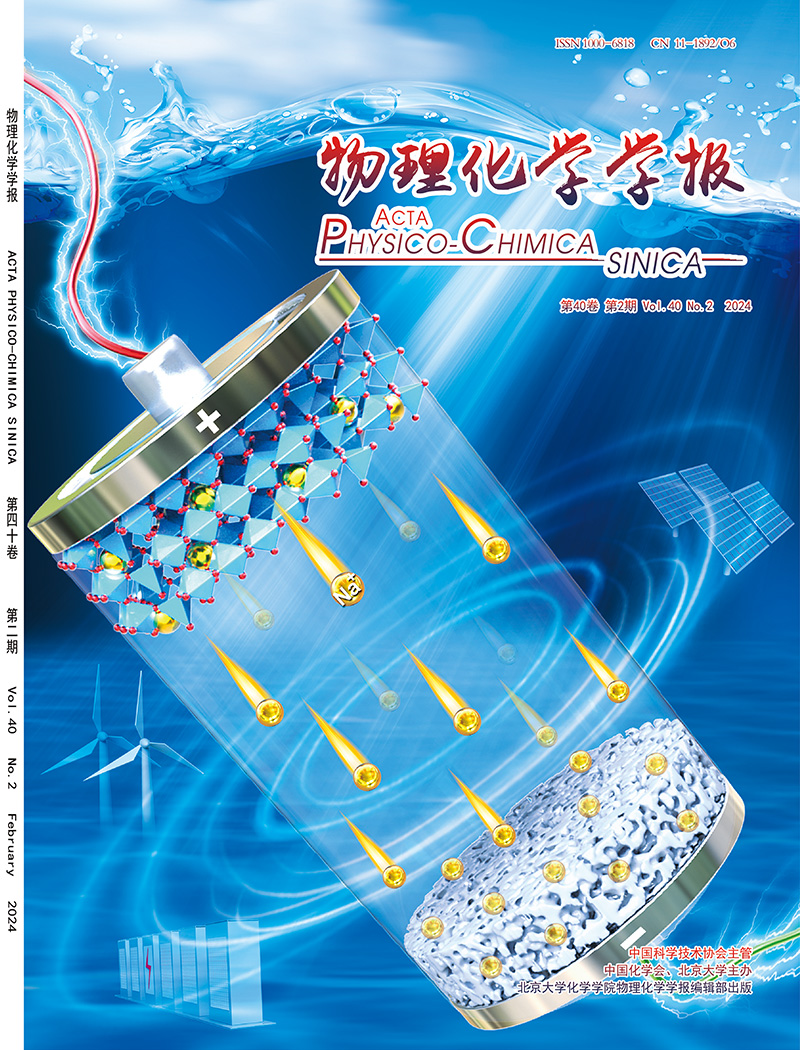Light-enhanced direct epoxidation of propylene by molecular oxygen over CuOx/TiO2 catalyst
IF 10.8
2区 化学
Q1 CHEMISTRY, PHYSICAL
引用次数: 0
Abstract
Direct epoxidation of propylene (DEP) by molecular oxygen is an ideal way to synthesize propylene oxide (PO), yet it remains quite challenging. We demonstrated here that the PO formation rate and selectivity could be enhanced simultaneously through photo-thermo-catalysis over the CuOx/TiO2 catalyst. At 180 °C, by introducing light, the PO formation rate increased more than 20-fold (from 8.2 to 180.6 μmol g−1 h−1) and the corresponding selectivity improved more than 3-fold (from 8 % to 27 %), breaking the traditional perception that the semiconductors exhibit very low reactivity for this reaction. Kinetic study results showed that the apparent activation energy for PO formation could sharply decrease under light irradiation (from 95 to 40 kJ mol−1). In situ electron paramagnetic resonance (EPR), X-ray photoelectron spectroscopy (XPS), Raman spectroscopy, and diffuse reflectance infrared Fourier transform spectroscopy (DRIFTS) were applied to characterize the dynamics of the valence state of the copper oxide species and the activation intermediates of molecular oxygen. Evidence for the activation of oxygen, which could direct to the PO formation pathway, was captured. The light-driven electrons could promote the formation of active Cu+, which could form the side-on μ-peroxo Cu(II)2 structure, weaken the O–O bond, and improve the PO formation rate and selectivity. This work paves a new way for designing semiconductor-supported photocatalysts for DEP reactions with molecular oxygen.

CuOx/TiO2催化剂上分子氧光增强丙烯直接环氧化反应
用分子氧直接环氧化丙烯(DEP)是合成环氧丙烷(PO)的一种理想方法,但仍具有一定的挑战性。我们在此证明了在CuOx/TiO2催化剂上光热催化可以同时提高PO的生成速率和选择性。在180℃下,通过引入光,PO的生成速率提高了20倍以上(从8.2 μmol g−1 h−1提高到180.6 μmol g−1 h−1),选择性提高了3倍以上(从8%提高到27%),打破了半导体在该反应中表现出非常低的反应活性的传统观念。动力学研究结果表明,在光照射下,PO生成的表观活化能急剧下降(从95降低到40 kJ mol−1)。利用原位电子顺磁共振(EPR)、x射线光电子能谱(XPS)、拉曼光谱(Raman)和漫反射红外傅立叶变换光谱(DRIFTS)表征了氧化铜的价态和分子氧的活化中间体的动力学。氧激活的证据,这可能直接到PO的形成途径,被捕获。光驱动电子能促进活性Cu+的形成,形成侧通μ-过氧Cu(II)2结构,削弱O-O键,提高PO的形成速率和选择性。本研究为设计用于DEP与分子氧反应的半导体负载光催化剂开辟了新的途径。
本文章由计算机程序翻译,如有差异,请以英文原文为准。
求助全文
约1分钟内获得全文
求助全文

 求助内容:
求助内容: 应助结果提醒方式:
应助结果提醒方式:


